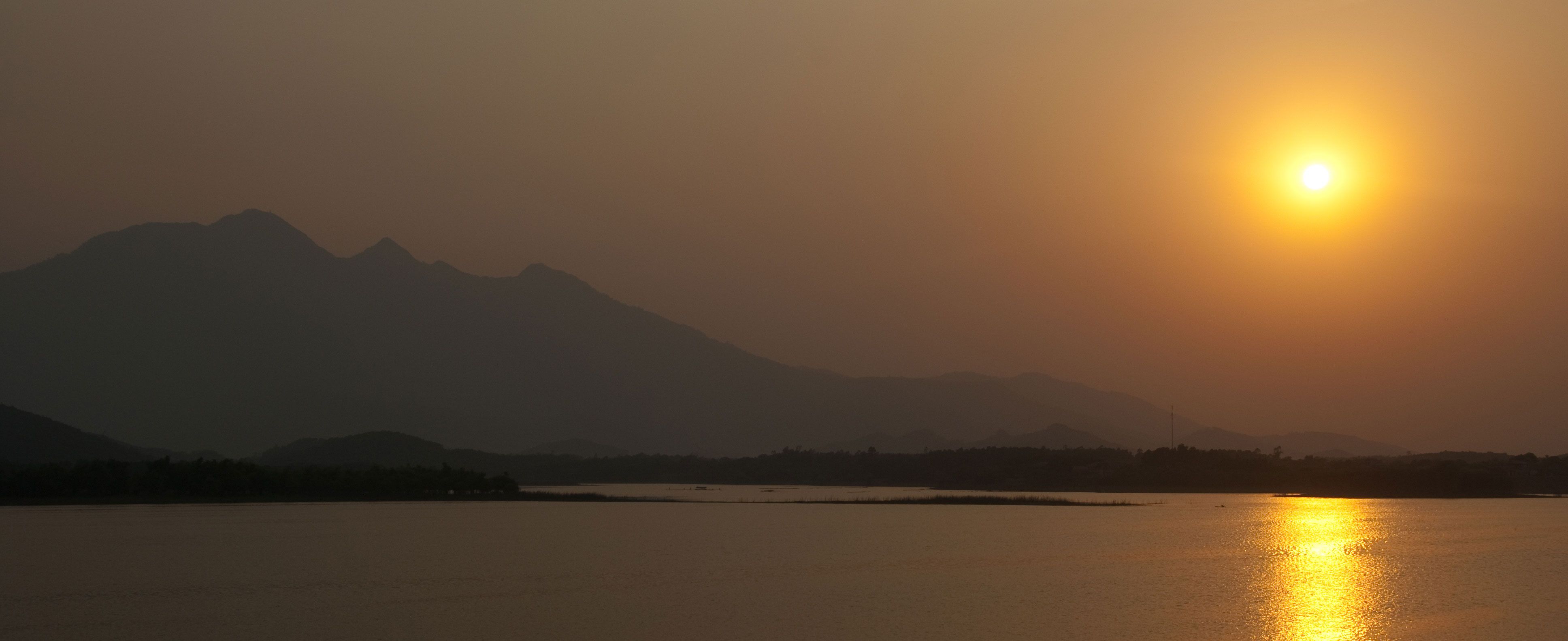
The Rafetus swinhoei Project
Overview
The critically endangered Swinhoe’s Softshell Turtle (Rafetus swinhoei), is a large soft-shell turtle first described in 1873 but for which little has been learned since. Being the largest species of freshwater turtle on earth, it is also considered by many to be the world’s most endangered turtle species. As such, it is listed as Critically Endangered on IUCN’s Red List of Threatened Species (2019), as well as in the Turtle Conservation Coalition’s 25+ Most Endangered Tortoises and Freshwater Turtles (2018). After the deaths of two individuals of this giant turtle, in Hoan Kiem lake, Vietnam in 2016 and Suzhou Zoo, China in April 2019 respectively, only three animals are known in existence. One male still survives in Suzhou Zoo, while Vietnam has two residents: one found in Dong Mo Lake, Hanoi in 2007 and another confirmed with eDNA evidence in Xuan Khanh Lake, Hanoi, Vietnam in April 2018. Both findings were made possible thanks to the arduous work of the ATP/IMC team.
The species, believed to be on the verge of extinction, has special cultural significance in Vietnam. Here, it is known as the Hoan Kiem Turtle owing to the famous individuals previously inhabiting Hoan Kiem lake, in the centre of Hanoi, which were linked to a 15th century legend. Unfortunately, in January 2016, the last remaining Rafetus swinhoei in Hoan Kiem lake died.
Distribution: Historically, the Red River drainage system and other large rivers in northern Vietnam and southern China
Habitat: Large Rivers and adjacent wetlands and lakes, including Dong Mo Lake
Threats: Major causes of their decline are habitat loss, hunting and trade, historically mostly for local consumption
Activities to date
Since 2003, the Asian Turtle Program (ATP) of Indo Myanmar Conservation (IMC) has conducted interview surveys for Rafetus swinhoei in eight provinces of northern Vietnam. During surveys, the shells and skulls of seven deceased Rafetus and a photograph of a further individual have been found so far and a number of sites where the species historically occurred and potentially remains have been identified. At a handful of priority sites, months of observations have been made. During 2007, at Dong Mo Lake on the outksirts of Ha Noi, a wild Rafetus swinhoei was observed and photographed, representing the first confirmation of the species in the wild and only the fourth individual of the species known in existence (at that time).
Upon the discovery of the wild Rafetus swinhoei, the Rafetus conservation program established a full-time presence at the project site at Dong Mo Lake, which it has maintained since January 2007. The local counterpart, previously a fisherman on the lake, has lived in the local village all his life. He is well known in the local community and through his involvement in the monitoring, the project receives good community support.
Shortly after, school awareness programs were initiated by ourselves and our local partner, Education for Nature Vietnam (ENV), regular patrols of the area were started and meetings with local fishermen were undertaken. In November 2008, a Rafetus swinhoei, weighing 69 kg and measuring 90 cm in length, was rescued from local trade. This animal, believed to be the same one observed in Dong Mo and washed out during a flood when a dam burst, was recovered and returned to the lake through cooperation with the local community, Peoples Committee, Forest Protection Department (FPD) and a local NGO and counterpart, Education for Nature Vietnam (ENV). The rescue of this animal was only possible due to the presence of ATP in the community and awareness activities that had already been undertaken.
A workshop was held in April 2009 with the lake owners, local schools, FPD, Peoples Committee and management from a golf course situated on a peninsula in the lake, wherein collaboration began to protect Dong Mo and create a haven for the species.
Xuan Khanh lake, just several kilometres from Dong Mo lake, was brought to ATP/IMC’s attention in 2016 following reports of a large softshell turtle by fishermen. ATP began to conduct more extensive observations and interviews here and were confident of the presence of something interesting but could not photograph or confirm an individual of Rafetus swinhoei. In December 2017, ATP/IMC collaborated with the Wildlife Conservation Society – Vietnam programme and Washington State University to use environmental DNA (eDNA) analysis to try and confirm the presence of the species in Xuan Khanh. Efforts paid off in April 2018, when ATP was able to confirm the second wild individual of Rafetus swinhoei in Xuan Khanh lake. ATP/IMC maintains constant presence here, after hiring a local counterpart, in the hope of learning more about this shy and elusive animal.
In December 2020, genetic testing confirmed a female turtle captured on the 22nd October 2020 in Dong Mo Lake is definitively a Swinhoe’s Softshell Turtle.
The ATP/IMC team continues to visit, monitor and hire local counterparts at other potential sites to seek for the existence of other individuals and hopefully use eDNA to help confirm more animals.
A firm collaboration known as Rafetus Alliance between the ATP/IMC, Turtle Survival Alliance, the Wildlife Conservation Society, Washington State University, Global Wildlife Conservation and the Centre for Natural Resources and Environmental Studies (CRES) – Hanoi, has been developed for the conservation of the Swinhoe’s Softshell Turtle in Vietnam. We hope to bring more on this soon.
Ongoing awareness & research
The future of this species in Vietnam is uncertain. Conservationists have been conducting surveys along large river in northern Vietnam to learn more about the species and in the hope of finding others individuals surviving in the wild. While here in Dong Mo local fishermen are working with a conservation team to study and protect the Dong Mo turtles and look for additional animals.
In additional, the schools and community awareness programs are constantly being improved and updated for the secondary schools and local people who stay nearby Dong Mo Lake to encourage them to be proud of their unique inhabitant and help protect it. The Dong Mo Football Cup and Boat Race have also been established by the ATP to create greater community support for the species.
In September 2010, a new awareness poster for the Rafetus swinhoei was produced by ATP. The poster is distributed during interview surveys throughout northern Vietnam conducted by the Asian Turtle Program (ATP) to search for additional animals and habitat. As well as increasing awareness of the importance of these large turtles and their link to the sacred animal in Hanoi, the poster also carries contact information allowing people to report information on possible additional sites for the species.
In December 2019, a large signboard was erected outside the community centre of Dong Mo village to educate local people about the dangers of harmful fishing methods and ways to use aquatic resources better. This will hopefully have a positive impact on the Dong Mo turtle.
Future research and conservation needs
There is a lot we still do not know about the habitat, ecology, and behavior of the species and indeed, the sex and breeding capabilities of the Dong Mo and Xuan Khanh turtles are a mystery. ATP/IMC is continuously working with the Vietnamese government, Hanoi authorities and other NGOs to research and conserve these turtles before they are lost. On the 22nd October 2018, the People’s Committee of Hanoi approved Plan No. 200/KH-UBND on the conservation of the individuals of the Hoan Kiem turtle in Dong Mo lake and Xuan Khanh lake in the period 2018-2020, with further planning to 2030. To carry out this plan, an expert team was established to implement the conservation plan of Hoan Kiem turtle which includes capture of the turtles in order to verify their species identity, determine their sex and develop possible breeding approaches to restore a wild population.
There remains a need for better protection of both the species and its habitat. We made great strides towards this goal when, on 12th September 2019, the government approved the National Conservation Program for Vietnam’s Endangered Turtle Species to 2025, with a vision to 2030. Importantly, one Species Habitat Conservation Area (SHCA) for the Hoan Kiem turtle (Rafetus swinhoei) will be designated at Dong Mo lake, Son Tay town, Hanoi.
However, the animal in Dong Mo Lake is still at risk from a new dam constructed in 2010 to replace the old dam destroyed during flooding. When gates on the dam are opened during high water the animal could escape again, a secure fence built before the dam would prevent any escape.
The species has some national legal protections; it is currently protected under Decree 160/2013/ND-CP (amended and supplemented by Decree 64/2019/ND-CP) and listed in Appendix IB of Decree 06/2019/ND-CP. This is a great start, but more should be done to safeguard the future of the world’s most threatened turtle species.
Finally, cooperation between Vietnam and China should become a focus of conservation efforts. Continued field work to identify any remain populations of the species in Vietnam and China is of urgent importance. One consideration is to start a breeding loan program to bring the animals from Vietnam to China (or vice versa) if additional wild animals cannot be located and if female turtles can be identified to match with Suzhou Zoo’s male.
Other conservation projects in the world
Efforts have already been made in China to artificially inseminate a female Swinhoe’s softshell turtle (Rafetus swinhoei). Two Rafetus swinhoei, one male and one female, were brought together to the Suzhou Zoo, China in 2008 as part of a captive breeding program initiated by TSA and the WCS (Wildlife Conservation Society) China program. As the male is unable to mate naturally due to an old injury from a fight with another male, artificial insemination was carried out. A team of international experts collected semen from the male and surgically implanted it into the female’s oviduct to try and ensure any viable semen successfully arrives at the eggs. However, all attempts were unsuccessful.
On April 12th of 2019, the team performed the fifth artificial insemination with the remaining male and female Rafetus at Suzhou Zoo, China. Sadly this time, the female Rafetus did not wake up from its general anaesthetic and, after 24 hours, died.
The devastating death was a timely reminder of the fragility of this species’ status (now having a known global population of 3) and highlighted that time is running out for the conservation of the world’s most endangered turtle species.
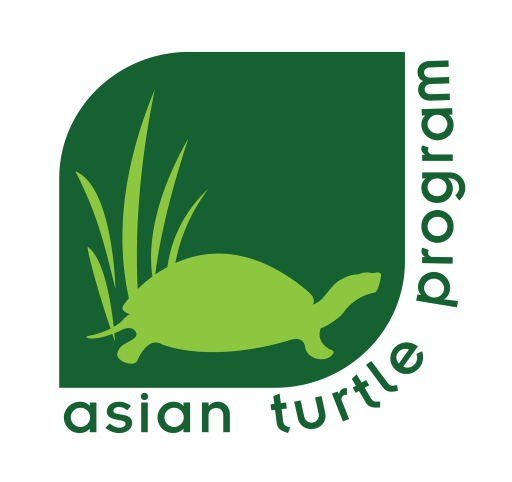
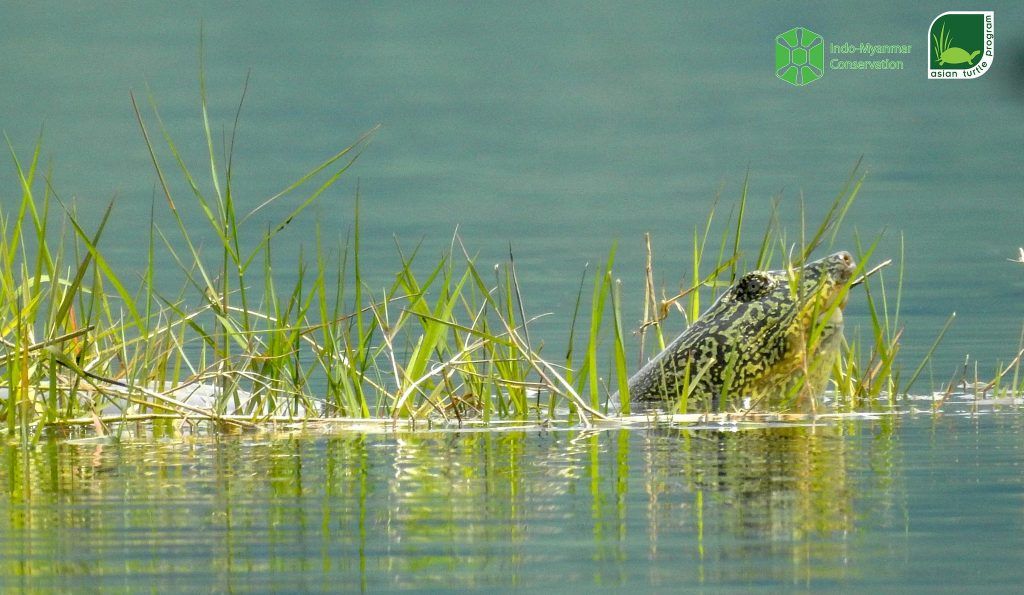
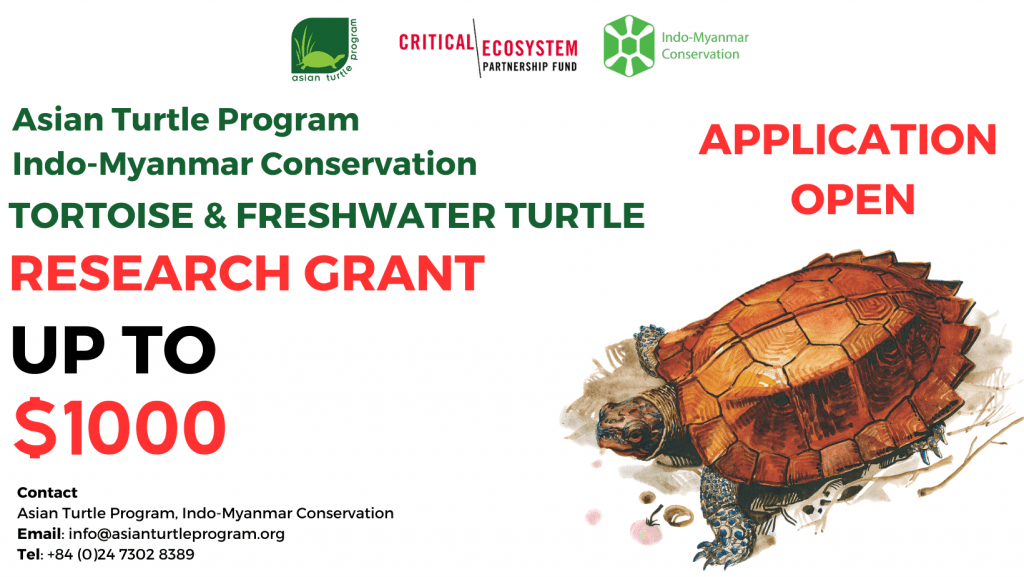
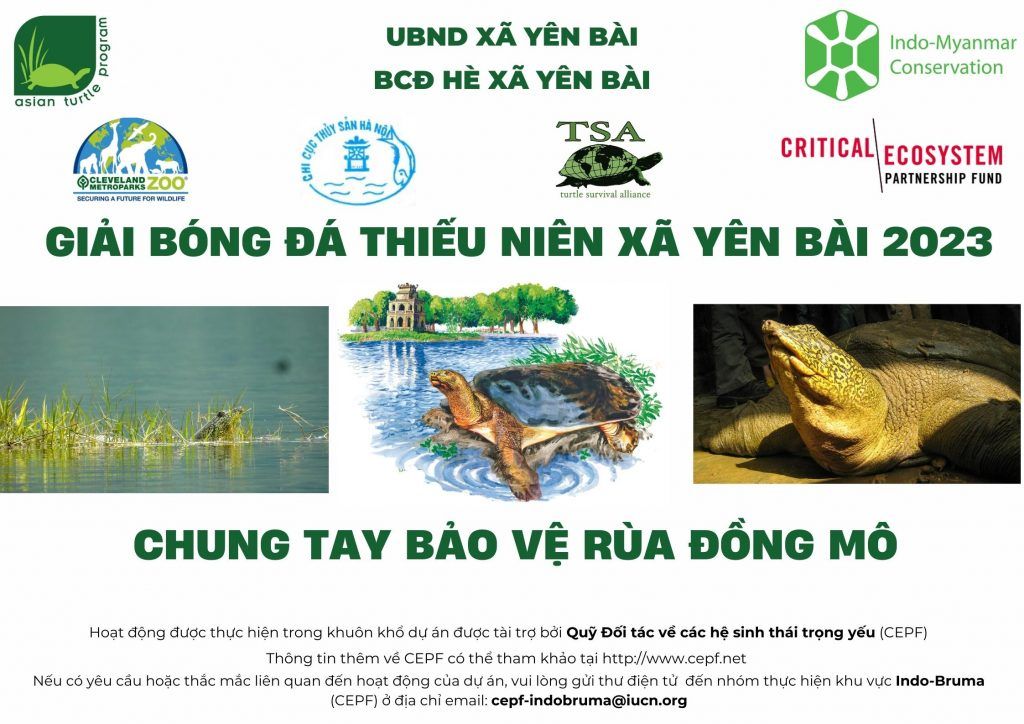
![2019-03 Hoan Kiem turtle on display at Ngoc Son temple [HVH-R] (2)](https://asianturtleprogram.org/wp-content/uploads/2022/11/2019-03-Hoan-Kiem-turtle-on-display-at-Ngoc-Son-temple-HVH-R-2-1-1024x683.jpg)

![2019- 12 Teaching program in Dong Mo-Xuan Khanh lake [4]](https://asianturtleprogram.org/wp-content/uploads/2022/11/2019-12-Teaching-program-in-Dong-Mo-Xuan-Khanh-lake-4-1-1024x768.jpg)
![Smart training 02 Oct 21 Dong Mo Lake, Kim Som com, Son Tay dis, Hanoi city [NT Thang-R] (116)](https://asianturtleprogram.org/wp-content/uploads/2022/11/Smart-training-02-Oct-21-Dong-Mo-Lake-Kim-Som-com-Son-Tay-dis-Hanoi-city-NT-Thang-R-116-1024x680.jpg)